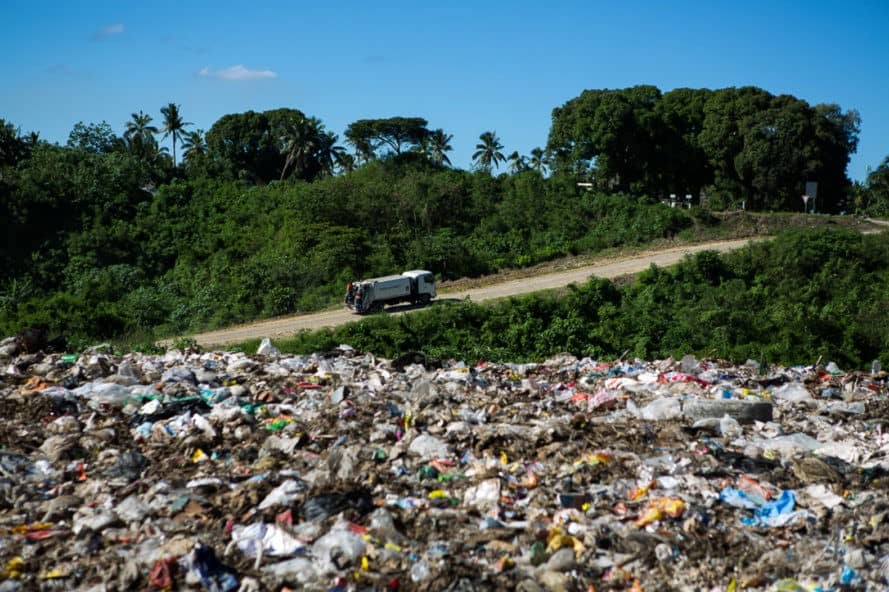In an unfortunate and bizarre accident, a “landslide” of a massive mountain of trash left at least 65 people dead at a dump in Ethiopia on Saturday night. The accident happened at Koshe Garbage Landfill, which is located just outside the country’s capital, Addis Ababa. Many deaths are feared, which mostly include women and children, according to the officials.
Dozens are still missing, and many fear that the current death toll will only rise as around 150 people are speculated to be present at sight, reports a resident to the Associated Press. These unsuspecting people were living in their makeshift houses inhabited permanently by the residents of the landfill, but now only tons of refuse remains.
The landfill is approximately 50 years old, and the people living in the area are scavengers who sort through the filth to look for items to sell, as this is all they can afford.
It is still unclear on what caused Saturday night’s collapse at the Koshe landfill, and the residents report that the dumping of trash resumed in the recent months after a break of 6 months.
Tebeju Asres, who lived at the site, told AP,
“My mother and three of my sisters were there when the landslide happened. Now I don’t know the fate of all of them.”
Koshe means “dirty” in the local Amharic language, has had its fair share of smaller trash collapses killing two or three people, but the scale of this collapse is unprecedented.
Mulate, a resident of the area, talked to the media while covering her face to hide her tears,
“I lived at that place for the past 11 years and I’ve never seen anything like this. My legs are badly hurt. I’m not sure I will ever walk again. And now I’m being told by nurses at this hospital to evacuate the emergency room. I don’t where to go next.”
Koshe receives about 300,000 tons of waste dumped by the 4 million population of the capital every year, and while the authorities have been trying to turn the garbage into a clean energy source since 2013 as part of Africa’s first waste-to-energy plant, the progress has been lethargic.

